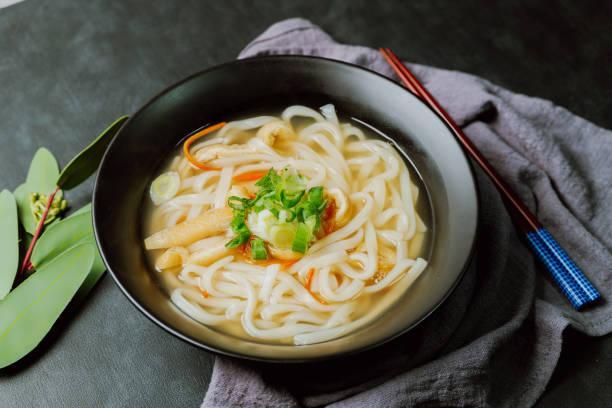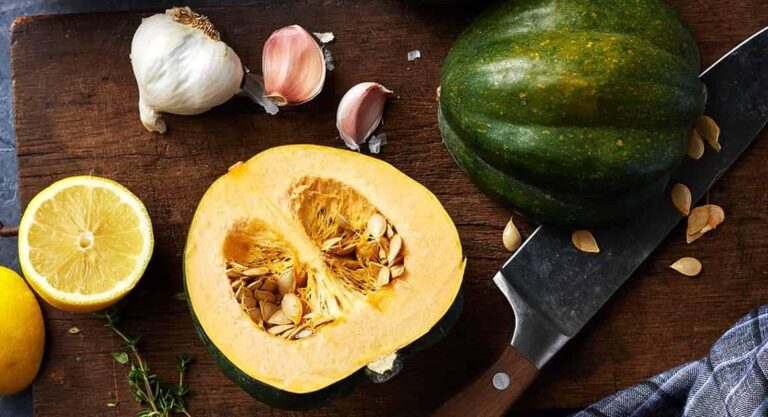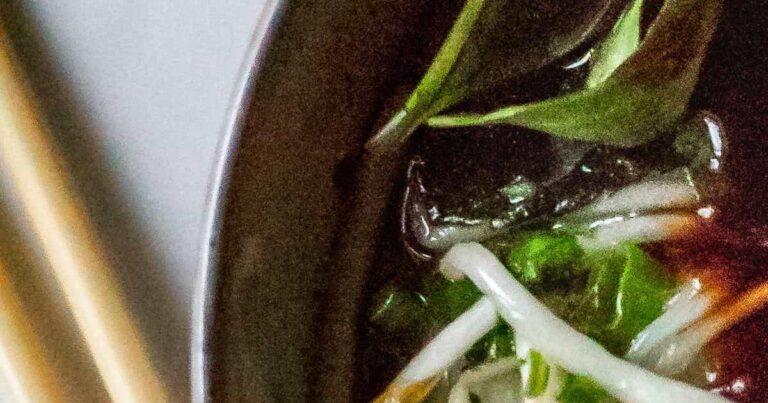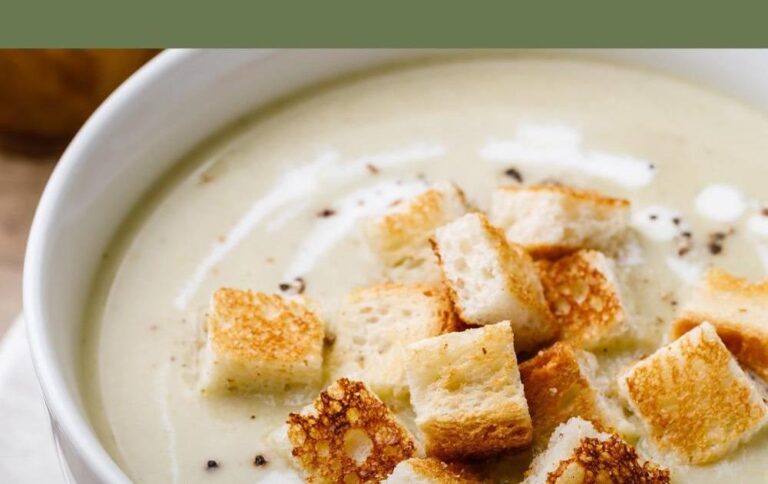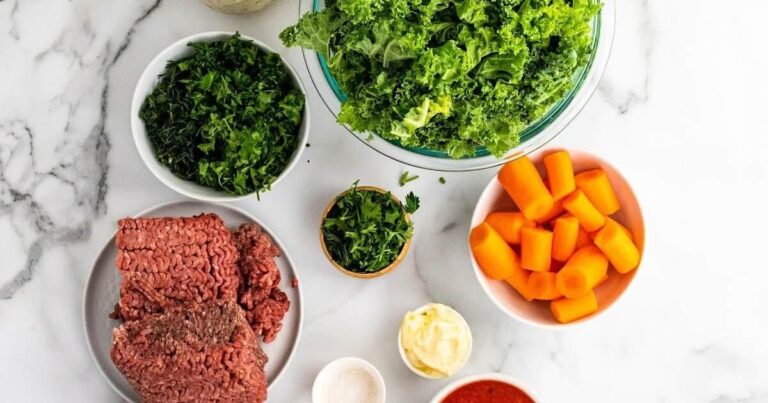Easy Dak Kalguksu (Knife-Cut Noodle Soup)
Cozy Up with Korean Chicken Noodle Soup: A Bowlful of Comfort
Craving a warm, flavorful, and deeply satisfying soup? Look no further than our Korean Chicken Noodle Soup! This isn’t just any noodle soup; it’s a hug in a bowl, packed with tender chicken, vibrant vegetables, and a savory broth that will leave you wanting more. Inspired by traditional Korean flavors, this recipe is surprisingly easy to make and perfect for a chilly evening, a comforting lunch, or when you’re simply craving something nourishing.
This recipe leans on simple techniques to build layers of flavor. We start with a flavorful chicken broth, enhanced by garlic and onion, and a touch of umami from an anchovy seafood soup packet (dashi). The result is a broth that’s rich, complex, and incredibly satisfying. We then add hearty vegetables like carrots, zucchini, and potatoes, along with perfectly cooked Korean noodles and tender shredded chicken.
What makes this Korean Chicken Noodle Soup special?
- Authentic Flavor: The use of dashi (anchovy seafood soup packet) provides a genuine Korean taste.
- Nourishing & Healthy: Packed with protein, vegetables, and wholesome noodles, it’s a complete and balanced meal.
- Easy to Make: Despite the complex flavors, this soup is surprisingly simple to prepare.
- Customizable: Feel free to adjust the vegetables to your liking or add a touch of spice with gochugaru (Korean chili flakes).
Serving Suggestions:
We recommend serving this soup with a side of fresh kimchi for a delightful contrast of flavors and textures. A sprinkle of sliced green onions or a drizzle of sesame oil can also elevate the presentation and taste.
Frequently Asked Questions:
Q: What kind of noodles should I use?
A: We recommend fresh, knife-cut Korean noodles (칼국수 – kalguksu) for the most authentic experience. However, you can substitute with other wheat noodles like udon or even spaghetti in a pinch.
Q: Can I make this soup spicier?
A: Absolutely! Add a teaspoon or more of gochugaru (Korean chili flakes) to the broth while it’s simmering. You can also add a drizzle of gochujang (Korean chili paste) to your individual bowl.
Q: Can I use chicken thighs instead of chicken breast?
A: Yes, you can! Chicken thighs will result in a richer, more flavorful broth. Just be sure to remove the skin before adding them to the pot.
Q: Can I make this soup ahead of time?
A: The broth can be made ahead of time and stored in the refrigerator for up to 3 days. Add the noodles and vegetables just before serving to prevent them from becoming soggy.
Get ready to experience the comforting goodness of Korean Chicken Noodle Soup! This recipe is sure to become a family favorite.
Korean Chicken Noodle Soup
Ingredients
- 11½-12 cups water
- 3 lb bone in split chicken breast about 3 pieces
- 8 cloves garlic
- ½ yellow onion yellow onion
- 1 packet anchovy seafood soup packet
- 1 tbsp soy sauce
- 1½ tsp salt
- 2 medium carrots 100g
- 1 medium zucchini 200g
- 1 russet potato russet potato
- ½ yellow onion yellow onion thinly sliced
- 300 g fresh, knife-cut Korean noodles
- fresh kimchi optional side
Instructions
- Place the chicken, water, ½ onion, and garlic cloves in a large pot, and bring it to a boil. Skim off any scum that rises to the top as it heats up. Reduce the heat a simmer and let it cook for about 30 minutes.
- Add the dashi pack and let it simmer for another 15 minutes or until the chicken breast is cooked through.
- Remove the chicken breasts from the pot and let them cool a bit before shredding the chicken meat into bite-sized pieces.
- Discard the garlic cloves, onion, and dashi pack from the broth.
- Season the broth with the soy sauce and salt, and bring it back to a boil.
- Add the prepared vegetables (zucchini, carrots, onion, potatoes), noodles, and some of the shredded chicken and let it simmer until the noodles and vegetables are cooked through (about 3-4 minutes).
- Ladle into bowls and serve immediately with a side of fresh kimchi.
Discover more from Resoupies
Subscribe to get the latest posts sent to your email.
